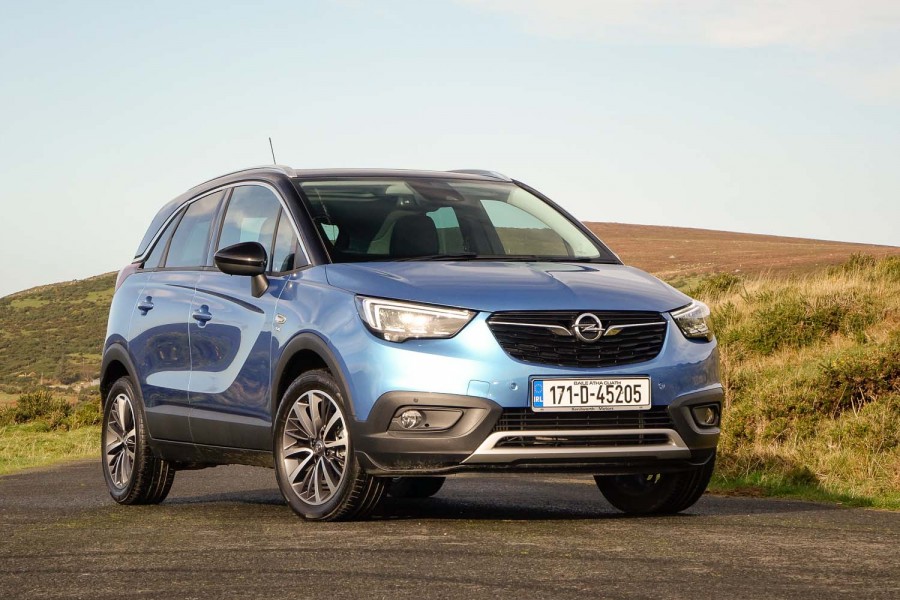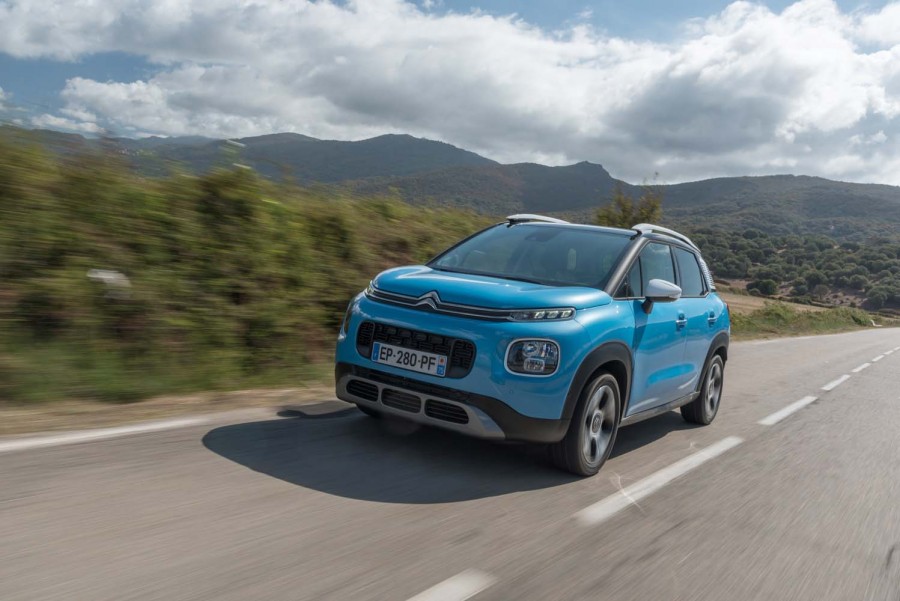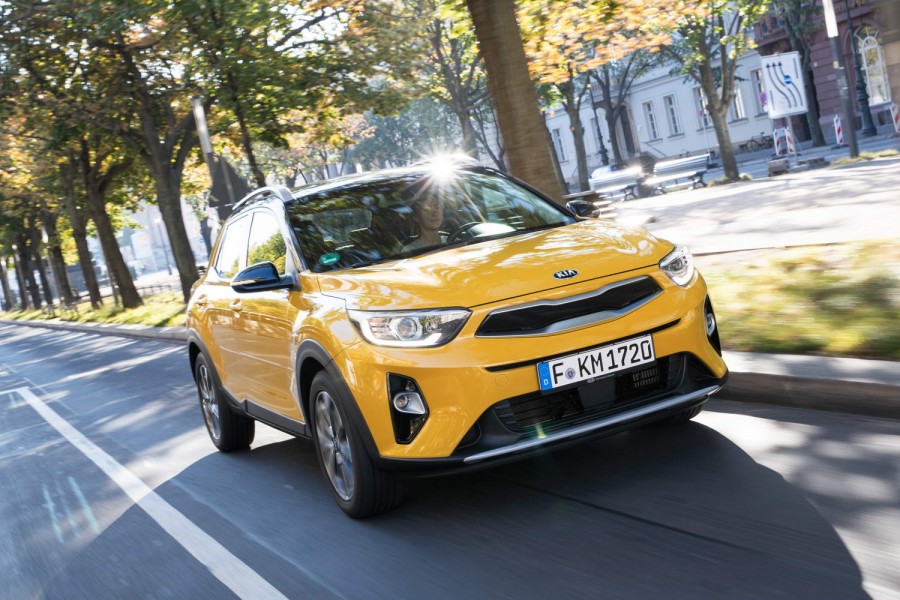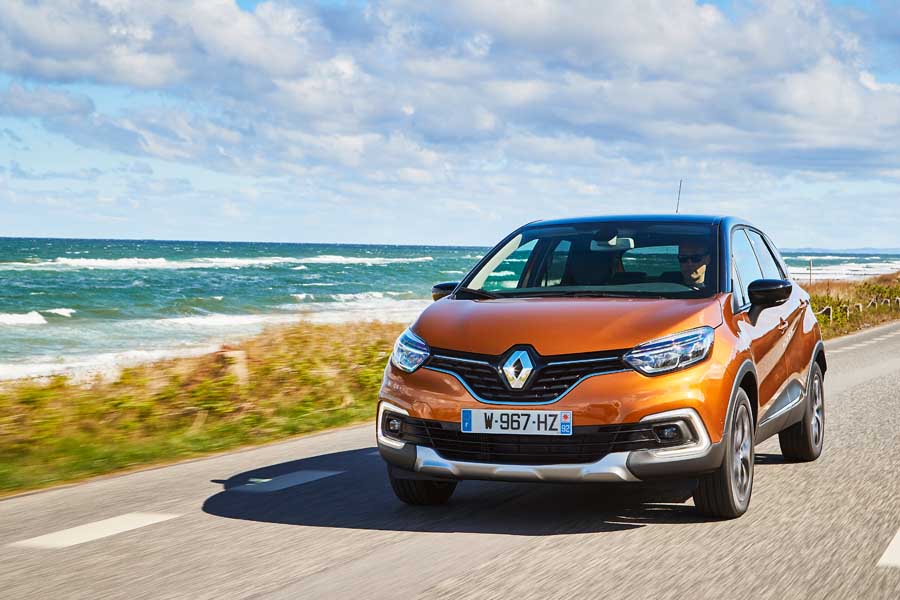Good: smart styling, decent quality, OK to drive
Not so good: plain cabin, better suited to petrol engine, pricey in this trim
So, suddenly, Opel's line-up has become a bit confused. That's because you can now walk into your nearest Opel dealership and pick out a Crossland X - a compact yet roomy family crossover, which has prices circling around the €20-25,000 mark. Or you can walk in and pick out a Mokka X - a compact, roomy, family crossover with prices circling around the €20-25,000 mark. Ah. Yes. You can see the problem.
Previously this wouldn't have been an issue, because we used to have the Meriva, which was very clearly an MPV and not an SUV, and which had very cool (and useful) rear-hinged back doors. However, apparently, everyone now wants a Land Rover impersonator on their driveway, which meant that the Meriva's replacement had to morph into a crossover, even though Opel already had a similarly-sized crossover in its range. Oh, and indeed, dear.
Still, while there isn't much in terms of image and price between the Crossland X and the Mokka X, there is quite a gulf in character. Opel has previously said that it sees the Crossland as the more practical family car, and the Mokka as a more rugged, more adventurous kind of thing. To be honest, we sniggered when we heard that, but having now driven the two cars, we can kinda-sorta see the point.
The Crossland X is certainly a more practical car than the Mokka X, with more legroom for rear seat passengers and a bigger boot. Much bigger, in fact, if you spec it up with the split/sliding rear seats. Slide those all the way forward (hope your passengers weren't keen on their knees) and you've got a 520-litre trunk. Not bad.
The rest of the cabin is a touch less successful. The Crossland X shares its chassis and engines with the new Citroen C3 Aircross, but where Citroen went for maximum quirk with the C3's interior design, Opel decided to dip into a big barrel of dull. There's plenty inside that's basically lifted from the Opel Corsa, and while it all works quite well, it's not exactly invigorating for the senses, and some of the plastic used (the column stalks especially) feel downright cheap.
There are some high points. The front seats are signed off by the Aktion Gesunder Rucken (the German bad back association) and are exceptionally comfy, while the 'IntelliLink' infotainment system is good to use. The screen is set nice and high up on the dash, too, making it easier to see and touch, and the software that runs the system is pretty slick. A shame that the rest of the cabin couldn't be up to that sort of standard.
Speaking of standard, the Crossland X is very well equipped. Basic SC models come with pretty much all you need including the touchscreen, Bluetooth, Apple CarPlay and Android Auto, dual-zone climate control, a wifi hotspot and Opel's OnStar concierge service, which connects you to call centre that can help you with the satnav, book tickets, help you find a parking space etc. Pretty good, considering that prices start from €21,995.
However, the Crossland doesn't look like such good value when you probe higher up the range. Our test car was a top-spec 120hp 1.6 diesel, with a few options that ballooned the price to north of €28k. For that kind of money I could have a really-nicely specced Astra estate with the 1.4 150hp turbo petrol engine and, frankly, that's something close to twice the car the Crossland is.
To drive, the Crossland is rather average (again, the Astra is a far, far better choice here). In fairness, the Crossland X's steering is quite nicely weighted, and that stubby nose responds with reasonable precision. It's much better and more precise in its driving than the closely related Citroen, but there's just nothing much here to grab the senses. The 120hp diesel is also a poor match for the chassis, surging and spinning up the front wheels all the time. Much better to go for the 110hp petrol 1.2 turbo (all the engines are borrowed from Peugeot and Citroen).
It's not a bad car, by any means, the Crossland X. In fact, within the boundaries of its class it's pretty decent. The trouble is that its class, the compact crossover sector, is fundamentally flawed. You're being asked to pay mid-size family hatch money for a car that has a lower-quality cabin, is less fun to drive and can only boast a bigger boot (and not that much bigger if you compare it to an Astra estate) as a reason for buying it.
I know, I know - we're all supposed to be SUV mad right now, and that's all that most buyers will see. But take it from me; if you walk into your local Opel dealer and walk out with an Astra estate, you are getting a much, much better car for your money.



























